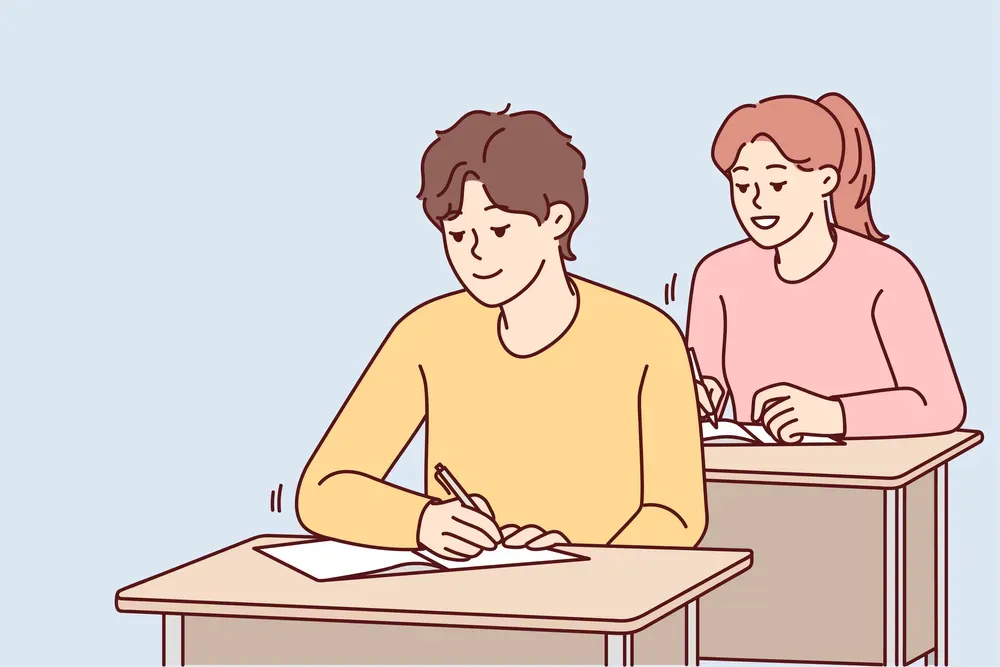It’s been said we live in one of the most divisive and bitterly antagonistic political eras in our nation’s history. That’s certainly true for some of the public debates over tough issues we face today. But data from the latest I&I/TIPP Poll show there’s one policy issue about which both major parties have near total agreement: school choice.
Fed up with substandard public schools and feeling trapped, Democrat and Republican voters heartily support greater school choice by more than 2-to-1, according to April’s online I&I/TIPP Poll. The survey, taken March 29-31 from a national sample of 1,365 adults, has a margin of error of +/-2.8 percentage points.
Specifically, we asked voters the following question:
“This week, Florida enacted an education savings account (ESA) policy for all K-12 students “regardless of race, income, background, or zip code.” ESAs allow parents to withdraw their children from public districts or charter schools and receive a deposit of public funds into government-authorized savings accounts. Families can use the ESA funds to pay for private school tuition, tutoring, textbooks, homeschool curriculum, online learning, special-needs therapy, and more. Generally speaking, how would you describe your support for this education reform?”
Support was surprisingly strong. Overall, 58% of all Americans back the Sunshine State’s new law, while just 25% oppose it and 17% are “unsure.” And a whopping 82% of parents with children under 18 support the law. Only 12% oppose it.

Another surprise: Republican responses (61% support vs. 22% oppose) were nearly exactly the same as the Democrats’ (61% support, 23% oppose). And Democrats, whose party has opposed almost all school choice measures, are even stronger than Republicans in their conviction that school choice is a good idea.
And Democrats were more ardent in their support. Among Dems, 36% supported choice “strongly,” versus just 27% of Republicans. Only 25% of Dems picked the more-lukewarm choice “somewhat support,” compared to 36% of the Republicans.
Independents, meanwhile, also liked school choice, but their embrace of the idea was not nearly as warm as the two major parties: Just 50% supported choice, while 31% opposed it.

Among all 21 demographic groups and their subgroups, only one was under 50% in its support: Those over 64, who posted 43% support, and 38% opposition.
The three other age groups 18-24, (64% support, 22% oppose); 25-44 (72% support, 21% oppose); and 45-64 (52% support, 28% oppose)) gave strong majority support to the idea.
Two other stats jump out: Blacks and whites have similar levels of support. Blacks favor school choice vouchers 57% to 22%, fairly similar to that of whites, at 58% to 27%. But the numbers really rise among Hispanics, who support the idea 66% to 18%.
So minority voters desperately want choice, it seems.
Are the Democratic and Republican parties listening?
There’s also an interesting gap between men and women. Men overwhelmingly support choice, 65% to 23%, while women eke out a bare majority, 52% to 26% (but still 2-to-1).
As for the apparent decline in support for school choice as Americans get older, that can be explained by two facts: One, older Americans don’t have kids in school and, two, they attended schools at a time when they by and large were far less dysfunctional and did a much better job educating students than today’s schools.
But the fact remains: School choice is now overwhelmingly popular among nearly all Americans. The data are quite clear and unequivocal.
A big reason for the current popularity is the lockdown of schools across the country during the COVID pandemic, which led to sharp drops in student performance and a potential “lost generation” of young people ill-equipped to compete in our rapidly changing, technologically driven economy.
This is not hyperbole, as the latest data from the National Assessment of Educational Progress, the so-called “nation’s report card,” shows. Since 2019, just before the pandemic, the 2022 NAEP report notes the following for fourth and eighth graders:
- “Average scores declined in both subjects and grades.”
- “Average scores declined for most states in both subjects and grades.”
- “Students’ confidence in their mathematics and reading skills declined.”
Indeed, the grade four and eight results showed the biggest drop in math scores since testing began in 1990, and sharp drops in reading scores.
But COVID was just the latest incident highlighting the steady decline of American education. It’s been going on for a long time.
Most recently, teachers unions have come under heavy fire for their massive political spending and refusal to consider such reforms as vouchers, education savings accounts, and other school choice-related proposals.
Traditionally, unions’ role has been to look after their members’ pay, benefits and working conditions. But teachers unions go way beyond that, say critics.
“The teachers union monopoly wants to force kids to attend their residentially assigned, government-run institutions that they staff,” said Corey DeAngelis, a senior fellow at the American Federation for Children. “It’s about maintaining power. It’s about maintaining a monopoly on the minds of other people’s kids.”
Others note the strong leftward political orientation of the teachers unions, which is a turn-off both for many parents and even the unions’ own members.
“Look at the website of the American Federation of Teachers, the nation’s second-largest teachers union,” syndicated columnist Star Parker recently observed. “It is an unapologetic megaphone for America’s left.”
As an example, she points to a press release after last November’s elections carrying the headline: “American Voters Reject Extremism in Win for Democracy and Freedom.”
“Can it really be,” Parker asks, “that an organization that claims to value democracy and freedom opposes parents knowing what their children are taught in school?”
Indeed, parents have been energized by a growing realization that teachers’ unions have slowly usurped the traditional role of parents in education, to the detriment of their children. But teachers unions have become forceful players in Washington and in statehouses through donations and lobbying efforts.
Those donations, by the way, go almost entirely to one party, the Democrats, while the other party is almost totally excluded.
As the American Spectator recently explained about the nation’s two largest teachers unions: “In the last election cycle, the NEA and American Federation of Teachers (AFT) sent 99.2% of their federal campaign contributions to Democratic candidates.”
But state-level efforts to bolster school choice by passing legislation that empowers parents are gathering steam, despite the unions’ national clout. And for that, the pandemic lockdowns, again, served as catalyst.
“After months of school closures, virtual classes, and learning loss, parents were eager for alternative education options for their children,” notes the State Policy Network, which advocates for state-level reforms. “Parents demanded change — and states across the country delivered. In 2021, often dubbed ‘the year of school choice,’ dozens of states passed policies that improve education options for American families.”
That momentum has continued into this year, with Arkansas along with Florida passing sweeping school choice initiatives. And as many as 10 other states have reforms on their agenda.
What will that mean for 2024’s elections? Some have surmised that Republicans, who have long championed school choice, now have an ideal opportunity to use the issue during next year’s elections.
Some even suggest deep trouble for the Democrats, who handed the school choice issue to the GOP and its activists largely due to teachers unions’ huge political support. But, as the I&I/TIPP Poll shows, school choice is wildly popular in both parties. Will Democrats defect to the Republican side because of this issue?
“Only occasionally in American history does an issue surface that challenges not only the values of an established political party but the party’s ability to function,” argues Lewis M. Andrews in the American Spectator. “If any such issue has emerged in our own time, it’s clearly school choice.”
He adds: “The evolution of such a diverse educational marketplace — private schooling, homeschooling and tutoring, among other options — will severely reduce the Democratic Party’s election workforce, squeeze its finances and even discredit its basic philosophy.”
Even teachers strongly support choice. In an EdChoice/Morning Consult poll of 1,000 teachers taken in October of last year, 77% supported education savings accounts, 70% were for open enrollment, 58% backed charter schools, and 55% approved of school vouchers.
The only real question is can the GOP take advantage of this historic opportunity for political realignment?
I&I/TIPP publishes timely, unique, and informative data each month on topics of public interest. TIPP’s reputation for polling excellence comes from being the most accurate pollster for the past five presidential elections.
Terry Jones is an editor of Issues & Insights. His four decades of journalism experience include serving as national issues editor, economics editor, and editorial page editor for Investor’s Business Daily.
Hey, want to dig deeper? Download data from our store and pay what you can afford!
Like our insights? Show your support by becoming a paid subscriber!









